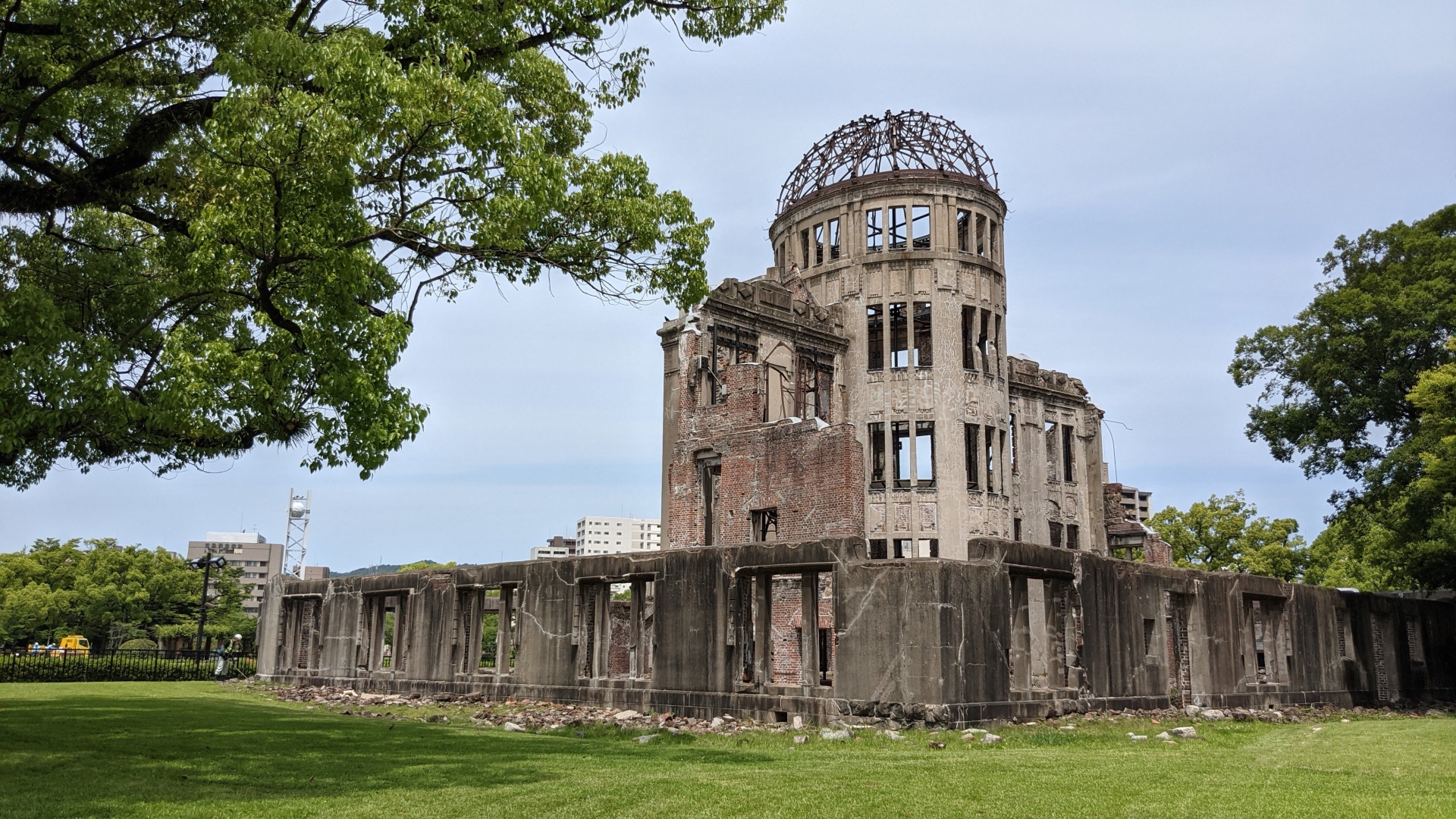The Hiroshima Atomic Bomb Dome, also known as the Genbaku Dome, stands as a powerful reminder of the devastating impact of the atomic bomb dropped on Hiroshima on August 6, 1945. This article delves into the history and significance of this UNESCO World Heritage site, provides essential visitor information, and highlights the ongoing efforts to promote global peace through the preservation of this iconic structure.
History of the Hiroshima Atomic Bomb Dome
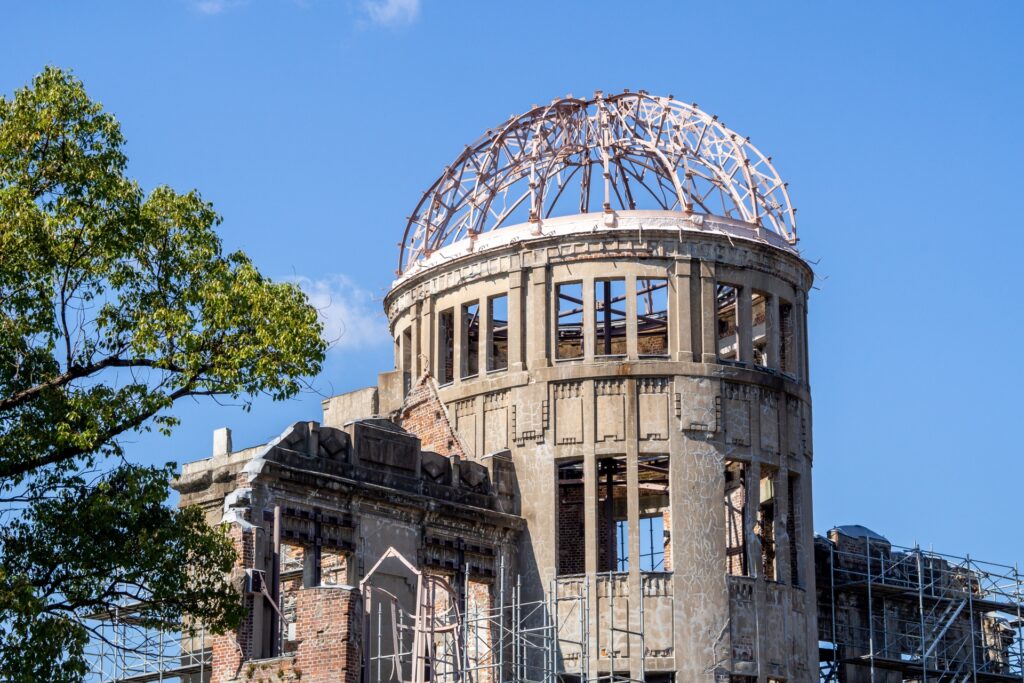
The Hiroshima Atomic Bomb Dome, originally the Hiroshima Prefectural Industrial Promotion Hall, was designed by Czech architect Jan Letzel and completed in 1915. The building was situated near the hypocenter of the atomic bomb dropped on Hiroshima on August 6, 1945. The explosion devastated the city, killing an estimated 140,000 people by the end of the year. Despite the blast occurring almost directly above it, the structure of the Dome remained largely intact, becoming a symbol of both the destructive power of nuclear weapons and the resilience of humanity. The decision to preserve the Dome was made in the years following the war, as it was recognized for its historical significance and as a memorial to the victims.
Significance and UNESCO World Heritage Status
In 1996, the Hiroshima Atomic Bomb Dome was designated a UNESCO World Heritage site. This recognition underscores its global significance as a symbol of peace and a reminder of the catastrophic effects of nuclear warfare. The Dome stands not only as a historical artifact but also as a beacon for peace and nuclear disarmament. The site draws millions of visitors annually, serving as an educational and memorial space that promotes a message of reconciliation and the abolition of nuclear weapons worldwide.
Visitor Information
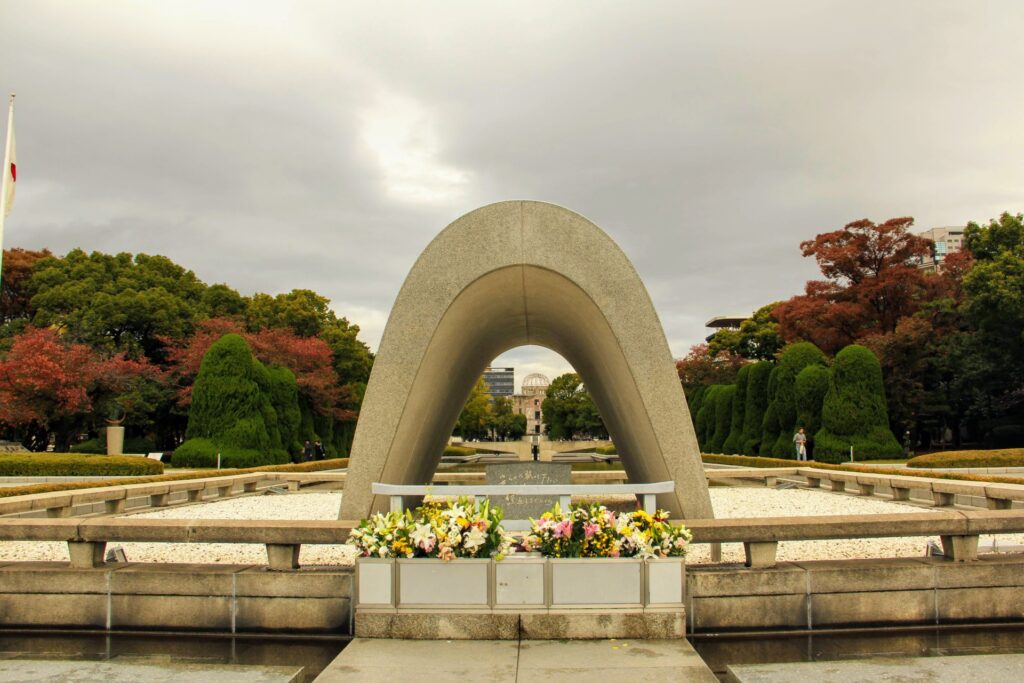
Visitors to the Hiroshima Atomic Bomb Dome can find it located in the Hiroshima Peace Memorial Park, along the Motoyasu River. The park is open year-round, and there is no admission fee to visit the Dome itself. Nearby attractions include the Hiroshima Peace Memorial Museum, which provides extensive exhibits on the bombing and its aftermath, as well as the Children’s Peace Monument and the Cenotaph for the A-bomb Victims. The park is easily accessible by public transportation, with Hiroshima’s streetcar system offering convenient routes. It is recommended to allocate at least half a day to fully explore the park and its surrounding areas.
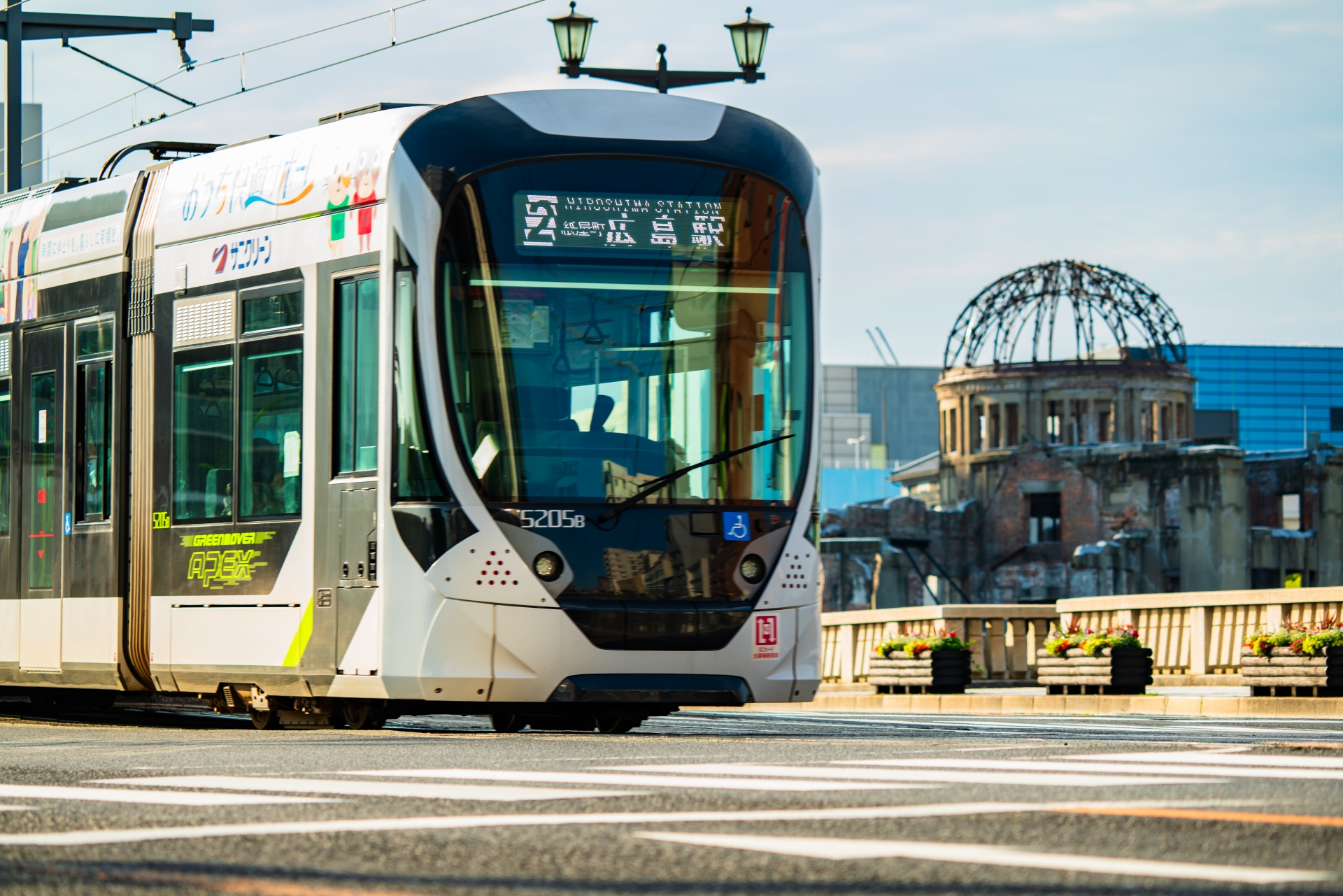
Personal Stories and Survivor Accounts
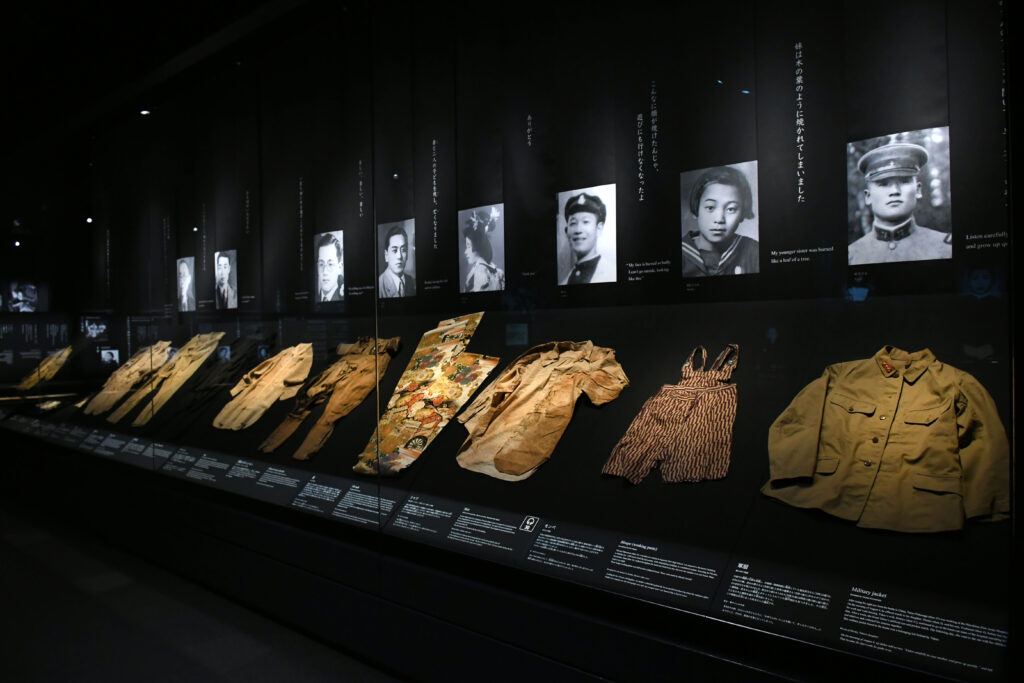
The Hiroshima Peace Memorial Museum houses numerous personal stories and accounts from survivors of the atomic bombing, known as hibakusha. These narratives offer a poignant insight into the human suffering and resilience in the aftermath of the explosion. Many survivors have dedicated their lives to sharing their experiences to ensure that the horrors of nuclear warfare are never forgotten. These testimonies are integral to the museum’s mission to educate visitors on the impact of the bomb and to advocate for a nuclear-free world.
Preservation and Architectural Significance
The preservation of the Hiroshima Atomic Bomb Dome has been a meticulous process aimed at maintaining its structural integrity while honoring its historical significance. The building’s skeletal remains are carefully maintained to prevent further deterioration. Architecturally, the Dome is a rare surviving example of early 20th-century European design in Japan, and its survival amidst total destruction has become emblematic of both the devastation caused by nuclear weapons and the resilience of human spirit.
Global Peace Initiatives Related to Hiroshima
The Hiroshima Atomic Bomb Dome is at the heart of numerous global peace initiatives. The city of Hiroshima plays a leading role in the Mayors for Peace organization, which works to promote nuclear disarmament worldwide. Annual events such as the Peace Memorial Ceremony, held on August 6th, draw international attention and participation, fostering a global dialogue on peace and the abolition of nuclear weapons. Educational programs and international exchanges further amplify Hiroshima’s message of peace and reconciliation.
Virtual Tours and Interactive Experiences
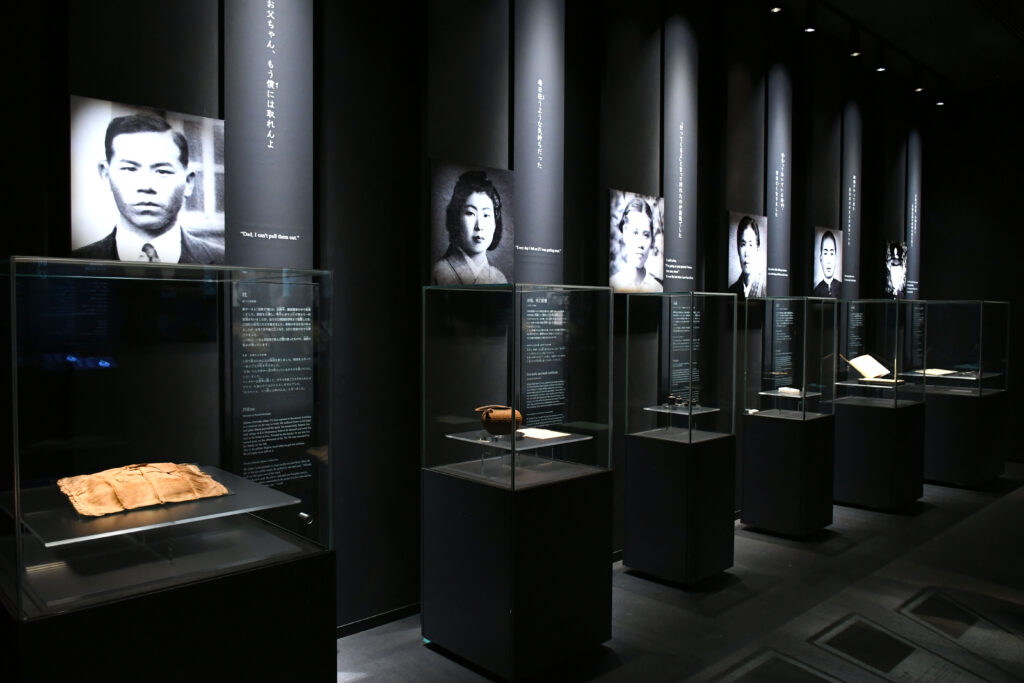
For those unable to visit in person, virtual tours and interactive maps of the Hiroshima Atomic Bomb Dome and Peace Memorial Park are available online. These tools offer a comprehensive and immersive experience, allowing remote visitors to explore the site and learn about its history and significance. Interactive features often include survivor testimonies, historical photographs, and detailed descriptions of the various monuments within the park.
Reference: Hiroshima Peace Memorial Museum | New: Digital Maps of the Hiroshima Peace Memorial Museum
Comparative Analysis with Other WWII Memorials
The Hiroshima Atomic Bomb Dome can be compared to other significant World War II memorials, such as the Auschwitz-Birkenau Memorial and Museum in Poland and the Pearl Harbor National Memorial in the United States. While each memorial addresses different aspects of the war, they all serve as crucial sites of remembrance and education. The unique focus of the Atomic Bomb Dome on nuclear disarmament sets it apart, highlighting the specific and ongoing threat posed by nuclear weapons.

